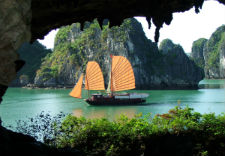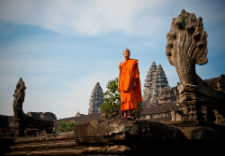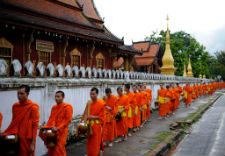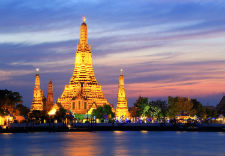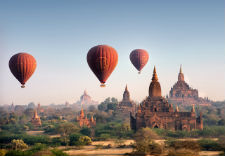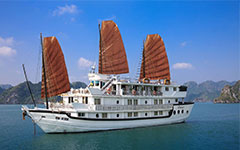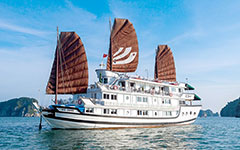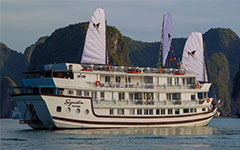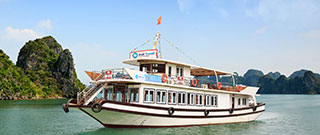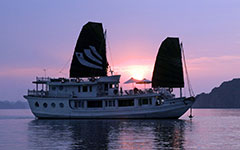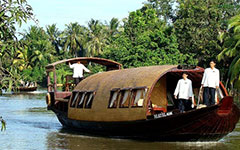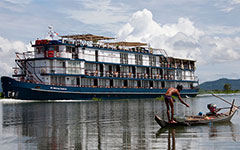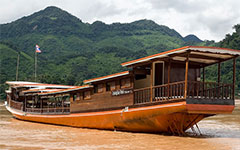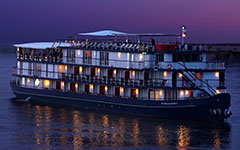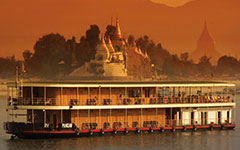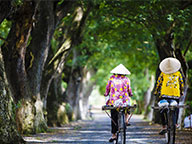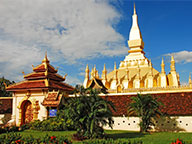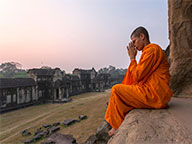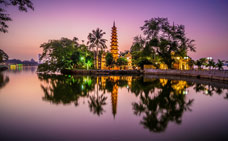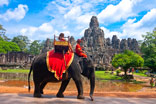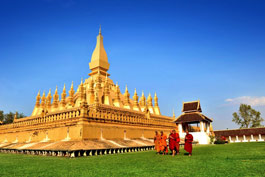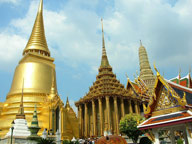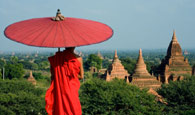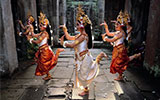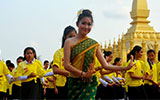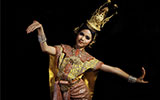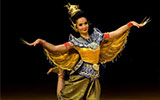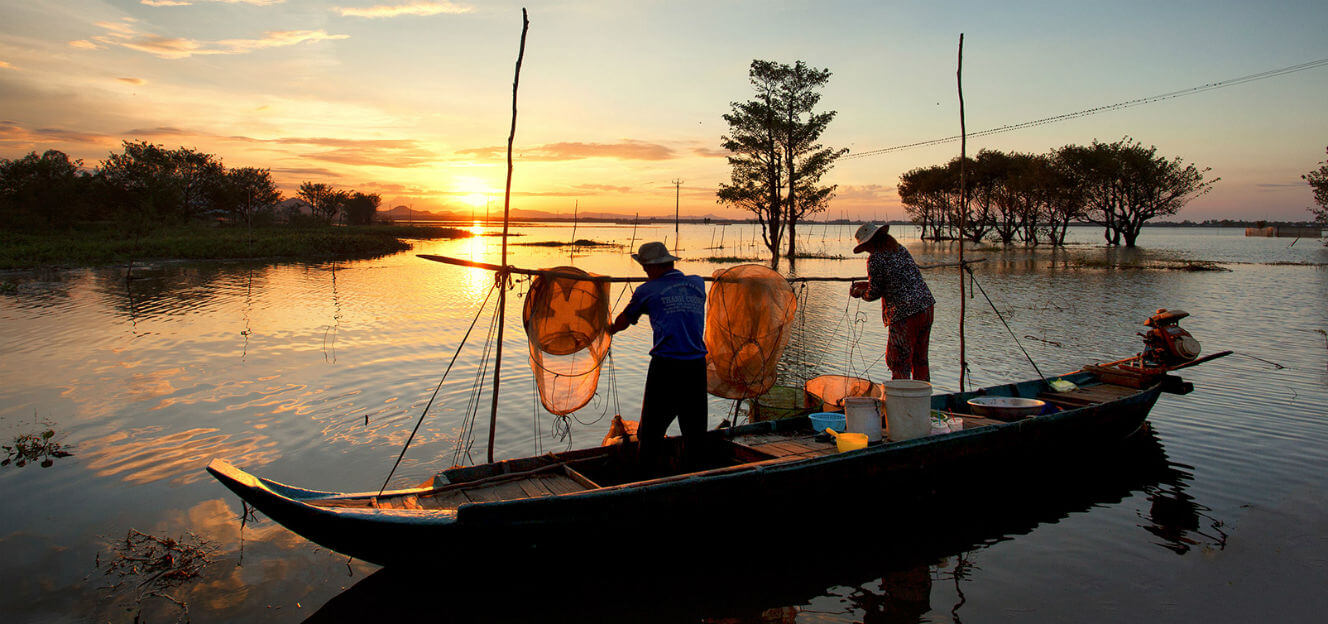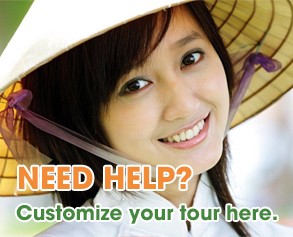Money & Cost Vietnam
Money
The first currency of Vietnam is the dong, which is abbreviated to ‘d’. Banknotes come in denominations of 1000d, 2000d, 5000d, 10,000d, 20,000d, 50,000d, 100,000d, 200,000d and 500,000d. Now that Ho Chi Minh has been canonised (against his wishes), his picture is on every banknote. Coins are also used by the local people even the Government ever issued ...
The Dong is non-convertible and in summer 2014 trades at approximately 22,200 to USD. You can use the website of www.vietcombank.com.vn to see the daily exchange rate.
The Euro, Pound, AUD and various other currencies are also easy to exchange. If you intend to exchange your home currency for Dong, ensure your notes are clean and undamaged, as banks and other exchanges will not accept any notes which are torn, excessively crumpled or have writing on them. Visa and Master card are becoming more accepted in many of the bigger hotels and restaurants, especially in the larger cities with usually a surcharge of 3%.
ATMs
It used to be just a couple of foreign banks in Hanoi and HCMC that offered ATMs, but Vietnamese banks have now got into this game in a big way. Vietcombank has the best network in the country, including most of the major tourist destinations and all the big cities. Agribank, VietinBank and Sacombank are also well represented. Every branch stocks a useful leaflet with a list of their nationwide ATMs. Withdrawals are issued in dong, and there is a single withdrawal limit of 2,000,000d (about US$ 90). However, you can do multiple withdrawals until you hit your own account limit. ANZ offers 4,000,000d withdrawals per transaction. Most banks charge 20,000d per transaction. Cash advances for larger amounts of dong, as well as US dollars, can be arranged over the counter during office hours.
If people approach you on the street with offers to change money at rates better than the official one, you can rest assured that you are being set up for a rip-off. Fake notes or too few notes, they will get you somehow. Remember, if an offer seems too good to be true, that’s because it probably is.
It’s a good idea to check that any big dollar bills you take do not have any small tears or look too tatty, as no-one will accept them in Vietnam.
You cannot legally take dong out of Vietnam but you can reconvert reasonable amounts of it into US dollars on departure.
Most land border crossings now have some sort of official currency exchange, offering the best rates available in these remote parts of the country.
Credit Cards
Visa, MasterCard and JCB cards are now widely accepted in all major cities and many tourist centres. However, a 3% commission charge on every transaction is pretty common; check first, as some charge higher commissions than others. Some merchants also accept Amex, but the surcharge is typically 4%. Better hotels and restaurants do not usually slap on an additional charge.
If you wish to obtain a cash advance from Visa, MasterCard and JCB, this is possible at Vietcombank branches in most cities, as well as at some foreign banks in HCMC and Hanoi. Banks generally charge a 3% commission for this service. This is handy if you want to take out large sums, as the ATMs have low daily limits.
You should also consider tipping drivers and guides – after all, the time they spend on the road with you means time away from home and family. Typically, travellers on minibus tours will pool together to collect a communal tip to be split between the guide and driver.
It is considered proper to make a small donation at the end of a visit to a pagoda, especially if a monk has shown you around; most pagodas have contribution boxes for this purpose.
banks, but these aren’t found throughout Vietnam.
If you only have travellers cheques, stock up on US dollars at a bank, which will usually charge anywhere from 0.5% to 2% commission to change them into cash. Vietcombank charges no commission for exchanging Amex travellers cheques; a reasonable 0.5% for other types.
If your travellers cheques are in currencies other than US dollars, they may be useless beyond the major cities. Hefty commissions are the norm if they can be exchanged at all.
Two cards available to Australians are the Citibank Plus visa debit card, which uses your own funds, and the 28Degrees MasterCard, which is a credit card (and which from Jan 1 2014 will charge hefty fees for cash withdrawals even for cards which are in credit). Both have no foreign exchange fees and one of the best exchange rates you'll get. The 28Degrees card was the Choice Magazine "Travel Card of 2012".
